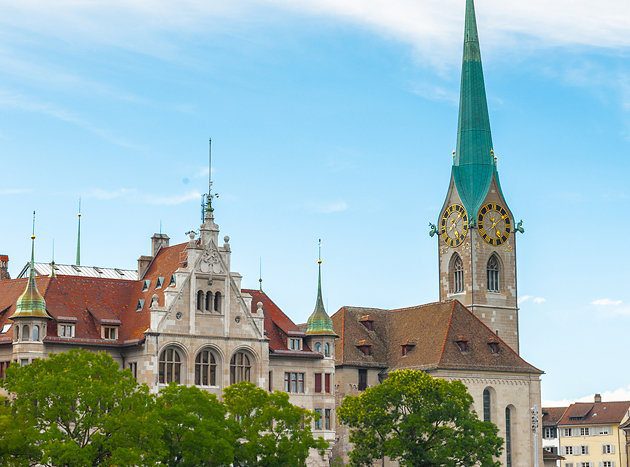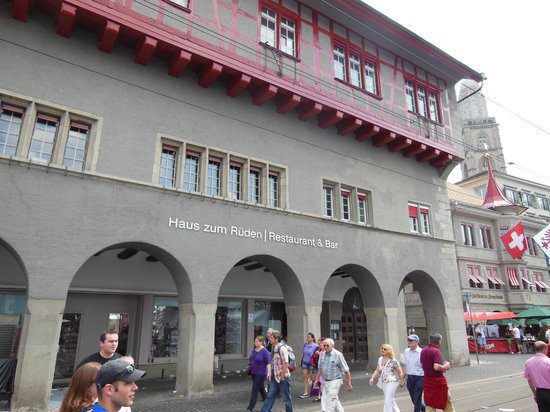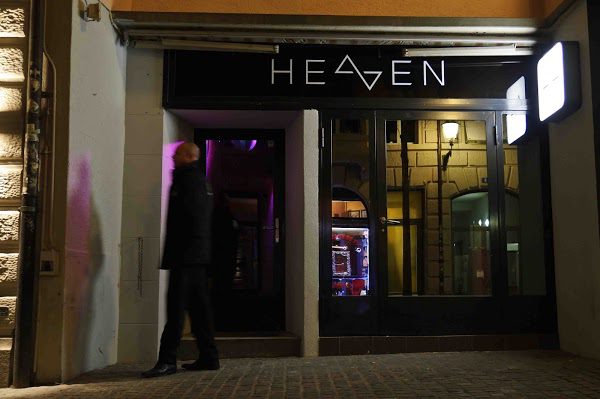- Zurich is not the capital of Switzerland.
Because Zurich is the Swiss financial capital, many assume it also holds the highest rank in politics. However, the central city of Bern became the official unofficial federal capital in 1848, when Switzerland became the country we know today. - Yet, Zurich is Switzerland’s largest city.
With the city’s population topping 400,000 inhabitants and 1.3 million people within the canton, Zurich is the urban hub of Switzerland. From my experience, the city’s size, which is relatively small compared to other large international cities, is part of its charm. - In Switzerland, you can spell Zurich six different ways.
Switzerland has four national languages: German, French, Italian, and Romansh. As a result, you’ll see several spellings for Swiss cities throughout the country. Take Zurich for example: - In medieval times, women held the most political power in the region.
In 853 A.D., Louis the German, King of Bavaria and grandson of Charlemagne, founded the Fraumünster abbey – a gift for his daughter Hildegard. This little convent was very unconventional from the start




